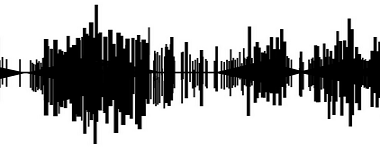by Rick Ackerman, Rick’s Picks
Although the Great Financial Crash hit like an avalanche in 2007, the first tremors could be felt more than two years earlier. It was the summer of 2005, and although most economists were predicting “sunny and fair skies” as far as the eye could see, an astute investor could have glimpsed the first signs of trouble.

Although U.S. real estate appeared to be booming, the shares of a few publicly traded homebuilders, including Beazer, D.R. Horton (DHI), Pulte (PHM) and Lennar (LEN), started to crack. Over the next three years, a series of wrenching declines would reduce their value by more than 80%.

Now, there are signs that it may be happening again. Look at chart, above. In just the last week of April, D.R. Horton shares fell by nearly 13%. Just a correction? It’s possible. But there are reasons to think this could be the start of something worse. For one, GDP growth for the first quarter came in at a feeble 0.2%, implying that the U.S. economy is especially vulnerable to recession. At the same time, a red-hot auto sector fueled mainly by cheap leases started to cool. Tech stock mania seems to be losing steam as well, led by huge drops last week in the shares of Twitter and LinkedIn.
And in the crucial real estate sector, first-time buyers have been shut out by tight-fisted lenders. Although mortgage rates are at historical lows, it is far more difficult for fledgling borrowers to qualify. And although valuations for more-expensive homes continue to rise, sky-high prices in some regions of the country, particularly California, are looking more and more like a bubble. The number of homes listed for more than $100 million has surged.
Short REITs
If the real estate sector is on the brink of another crash, what can an investor do to prepare? You might be surprised to learn that there’s a relatively simple answer: Short the homebuilder stocks and REITs using put options. In retrospect, we can see that this was by far the easiest way to have leveraged the Great Financial Crash of 2007-08. Billionaire John Paulsen was one of the very few who succeeded in a big way. But because of the size of his bet, he had to use a very complex strategy that involved the sale of financial derivatives to clients of one of the biggest investment houses. Small investors can use much simpler tactics, as implied above. There are even ways to do this nearly risklessly by legging into vertical option spreads.

